- europages
- >
- COMPANIES - SUPPLIERS - SERVICE PROVIDERS
- >
- natural fertilizers
Results for
Natural fertilizers - Import export
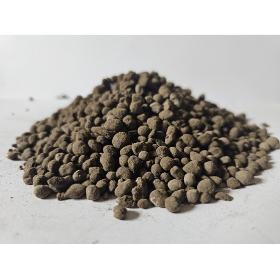
TIME FOR LIME- GRANULATED LIME FERTILIZERS
Poland
min. 30% CaO (according to recent studies approx. 41%) and humic acids, fulvic acids and organic carbon
Request for a quote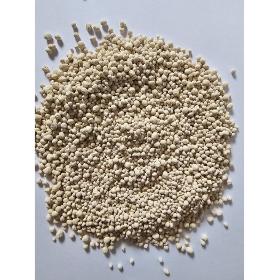
TIME FOR LIME- GRANULATED LIME FERTILIZERS
Poland
92-96% CaCO3 included min. 50% CaO
Request for a quote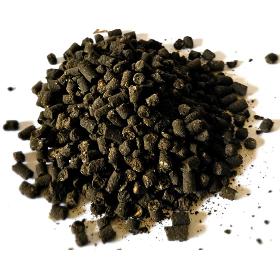
TIME FOR LIME- GRANULATED LIME FERTILIZERS
Poland
N 3.5-4.2%, P 2.5-3%, K 1.5-2%, Ca 2.5%, Mg 0.7%, Organic matter 60-75%, pH 9.5
Request for a quote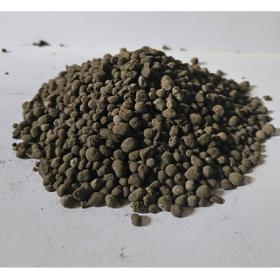
TIME FOR LIME- GRANULATED LIME FERTILIZERS
Poland
min. 30% CaO (according to recent studies approx. 41%) and humic acids, fulvic acids and organic carbon
Request for a quote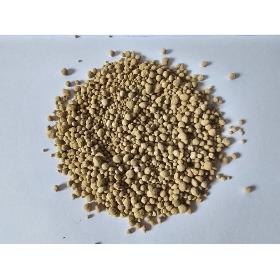
TIME FOR LIME- GRANULATED LIME FERTILIZERS
Poland
30-35% CaO 15-18% MgO
Request for a quoteDo you sell or make similar products?
Sign up to europages and have your products listed
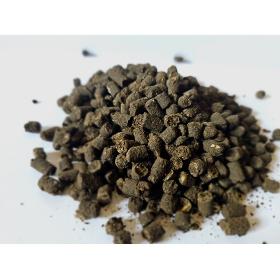
TIME FOR LIME- GRANULATED LIME FERTILIZERS
Poland
N 3.5-4.2%, P 2.5-3%, K 1.5-2%, Ca 2.5%, Mg 0.7%, Organic matter 60-75%, pH 9.5
Request for a quote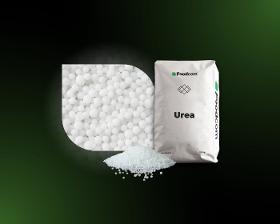
FOODCOM S.A.
Poland
Urea, also known as carbamide and symbolized in food additives as E927b, is an organic compound consisting of two amino groups linked by a carbonyl group. It occurs naturally in the body as a result of protein metabolism and is excreted in urine and sweat. It can also be produced synthetically by combining ammonia with carbon dioxide. Urea is hygroscopic and appears as white, odorless granules that do not dissolve in fats. Urea has a shelf life of 12 months and is available in 25 kg bags and Big Bags. Urea is used in various fields, for example, as a main ingredient in fertilizers, sprays and cosmetics due to its moisturizing, exfoliating and antiseptic properties. Urea is also used in exhaust gas cleaning, catalytic converters, urea-formaldehyde resins and animal feed. As a food additive, it is found in chewing gum and baked goods as a binder.
Request for a quote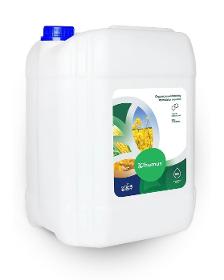
MAKOSH EU
Poland
4,9% humic acids 2,8% organic carbon content 1% potassium 9,0÷11,4pH Increase in yield and improvement of crop quality. Improvement of soil structure. Increase in the availability of nutrients for plants. Increase in vegetative plant mass. Enhancement of root system development. Increase in root length and their strengthening (allowing the plant to absorb water from deeper soil layers and better utilize nutrients). Enhancement of plants’ natural disease resistance. Promotion of chlorophyll, sugars, and amino acids formation in plants and contributing to photosynthesis. All technical data and certificates available on the website. For more information or to request prices, please use the contact form.
Request for a quoteResults for
Natural fertilizers - Import exportNumber of results
9 ProductsCountries
Company type